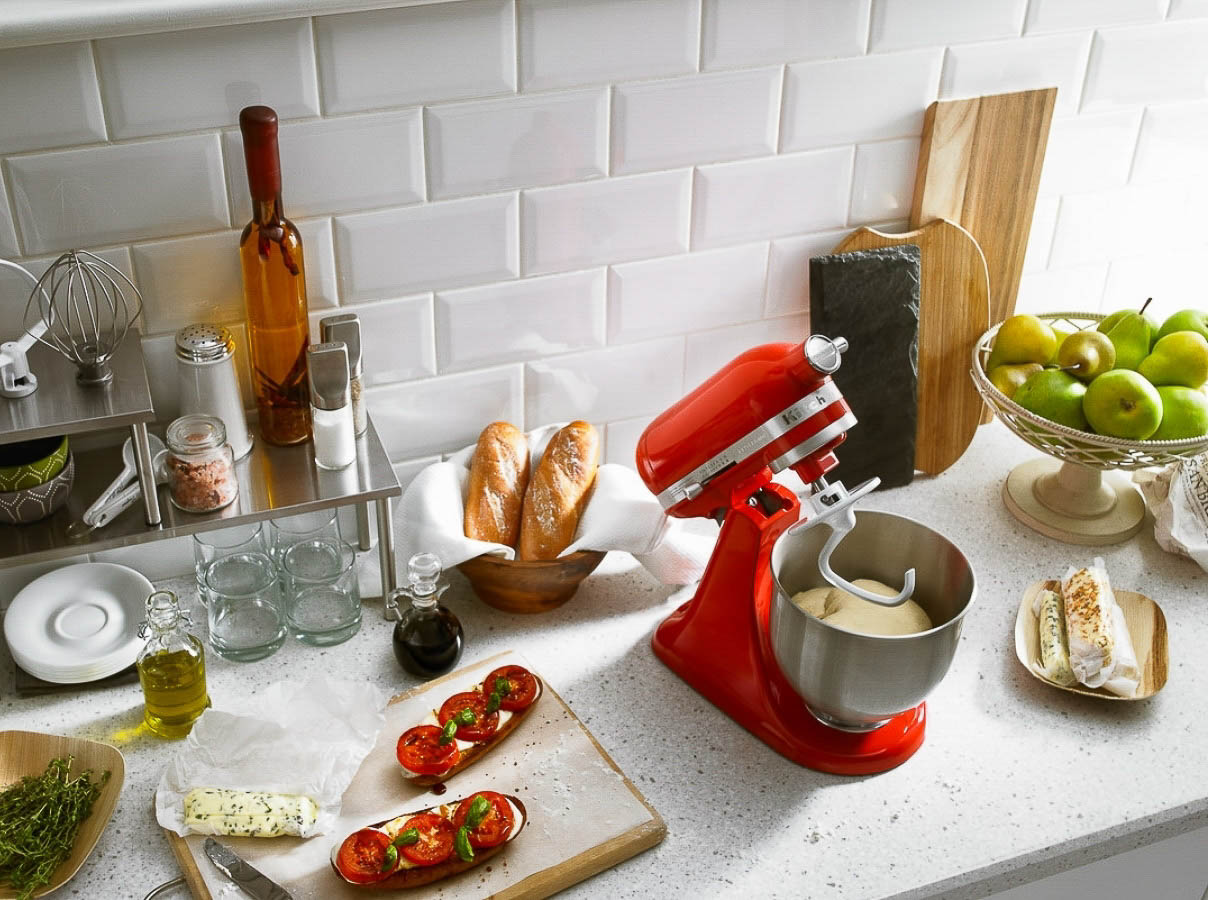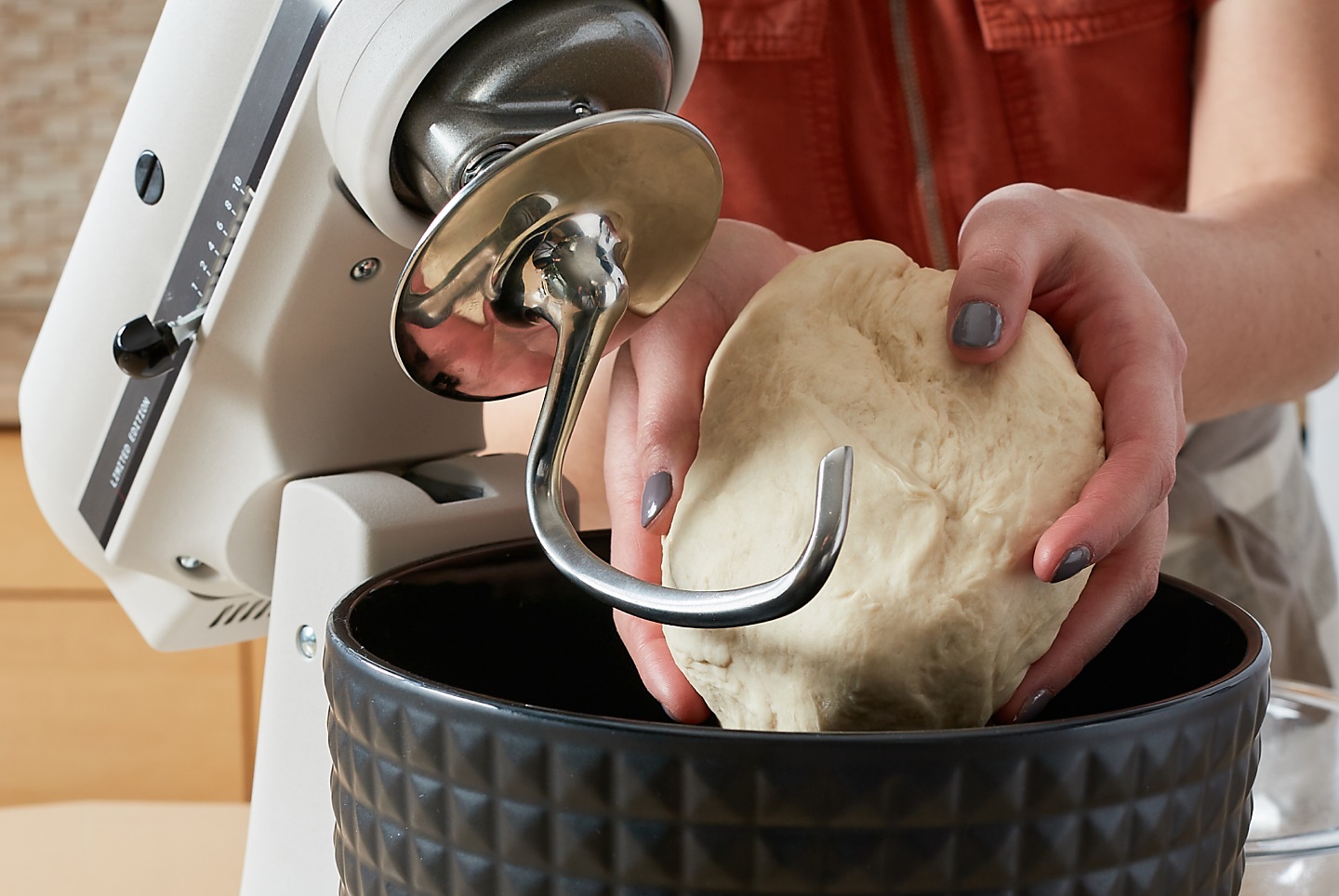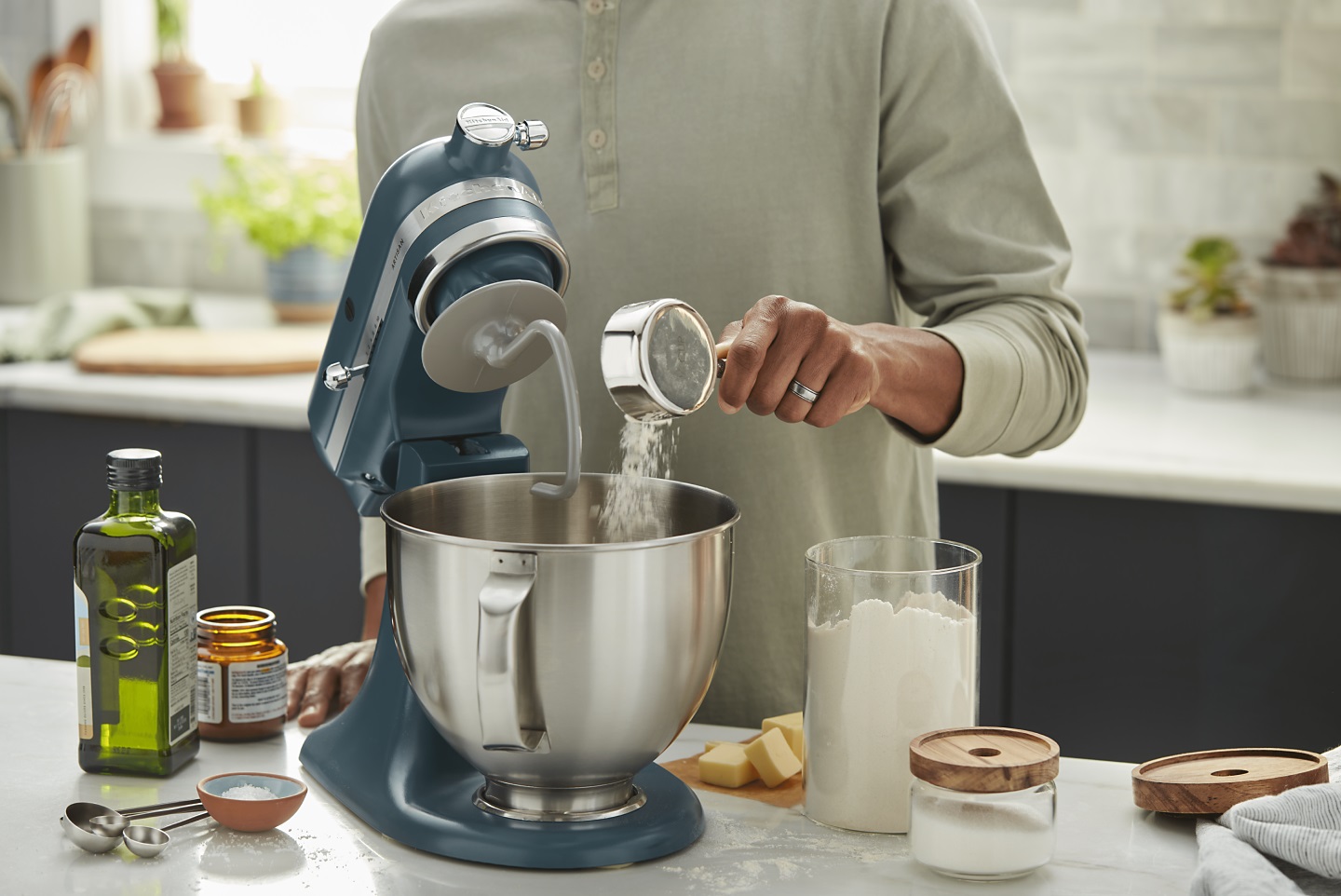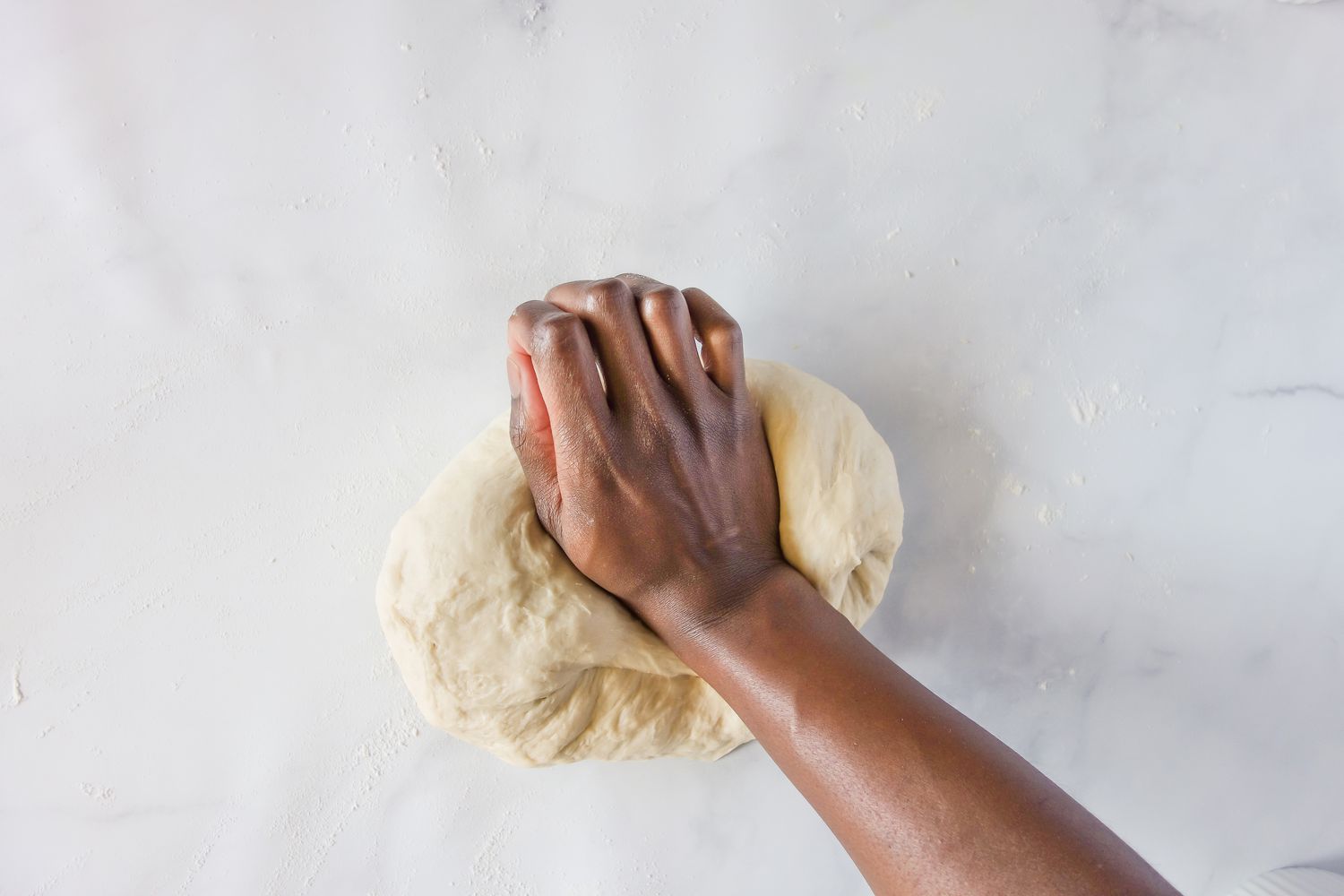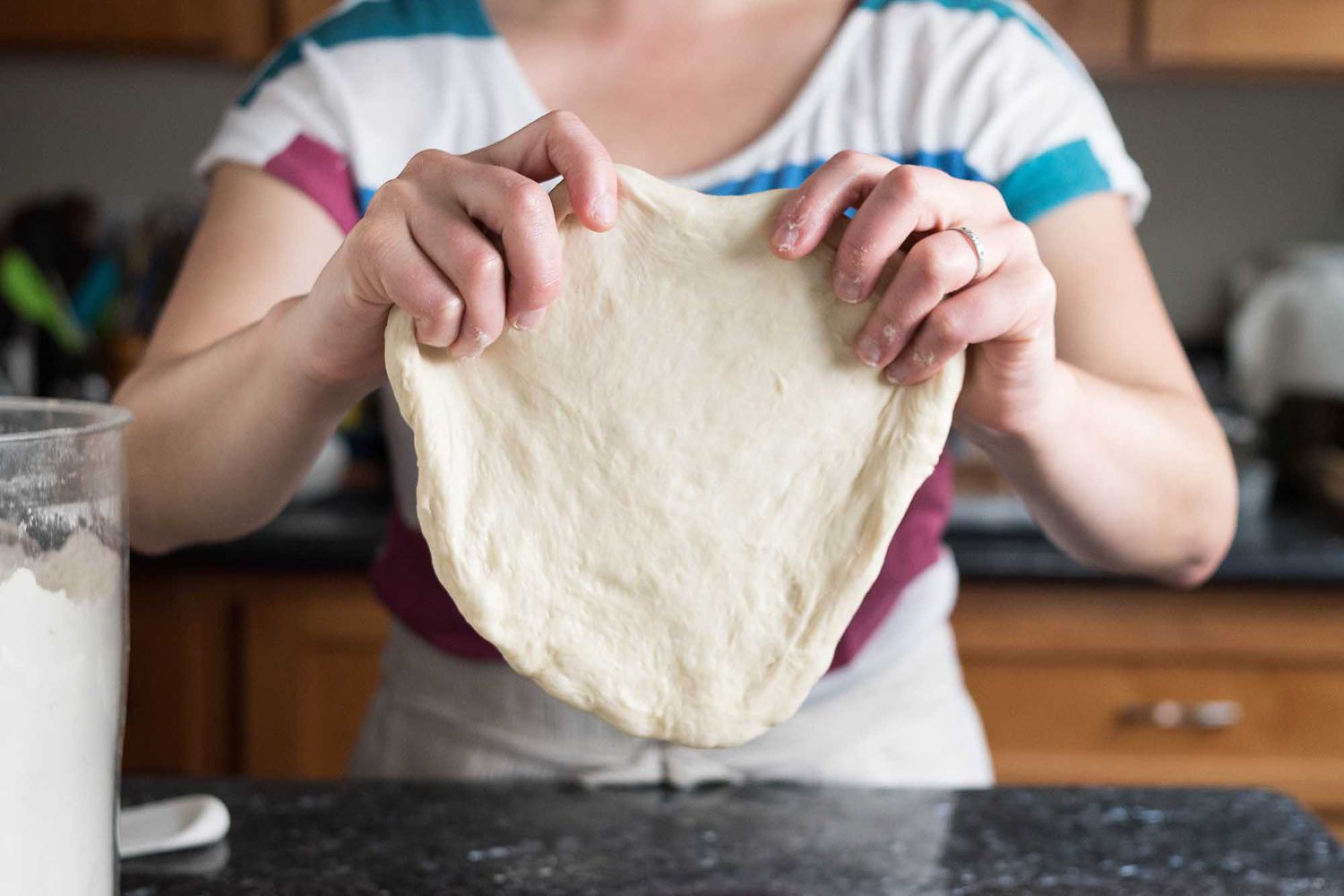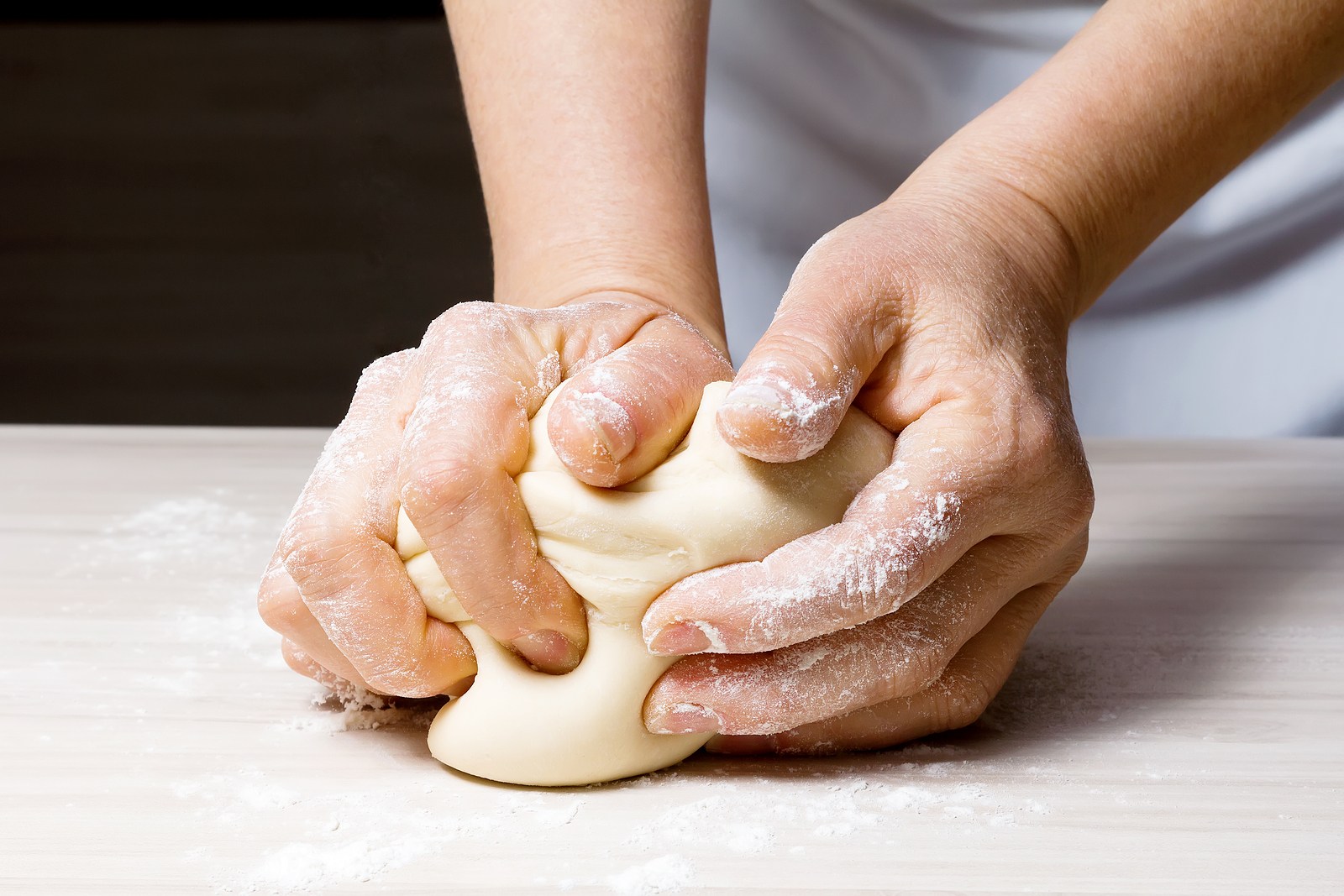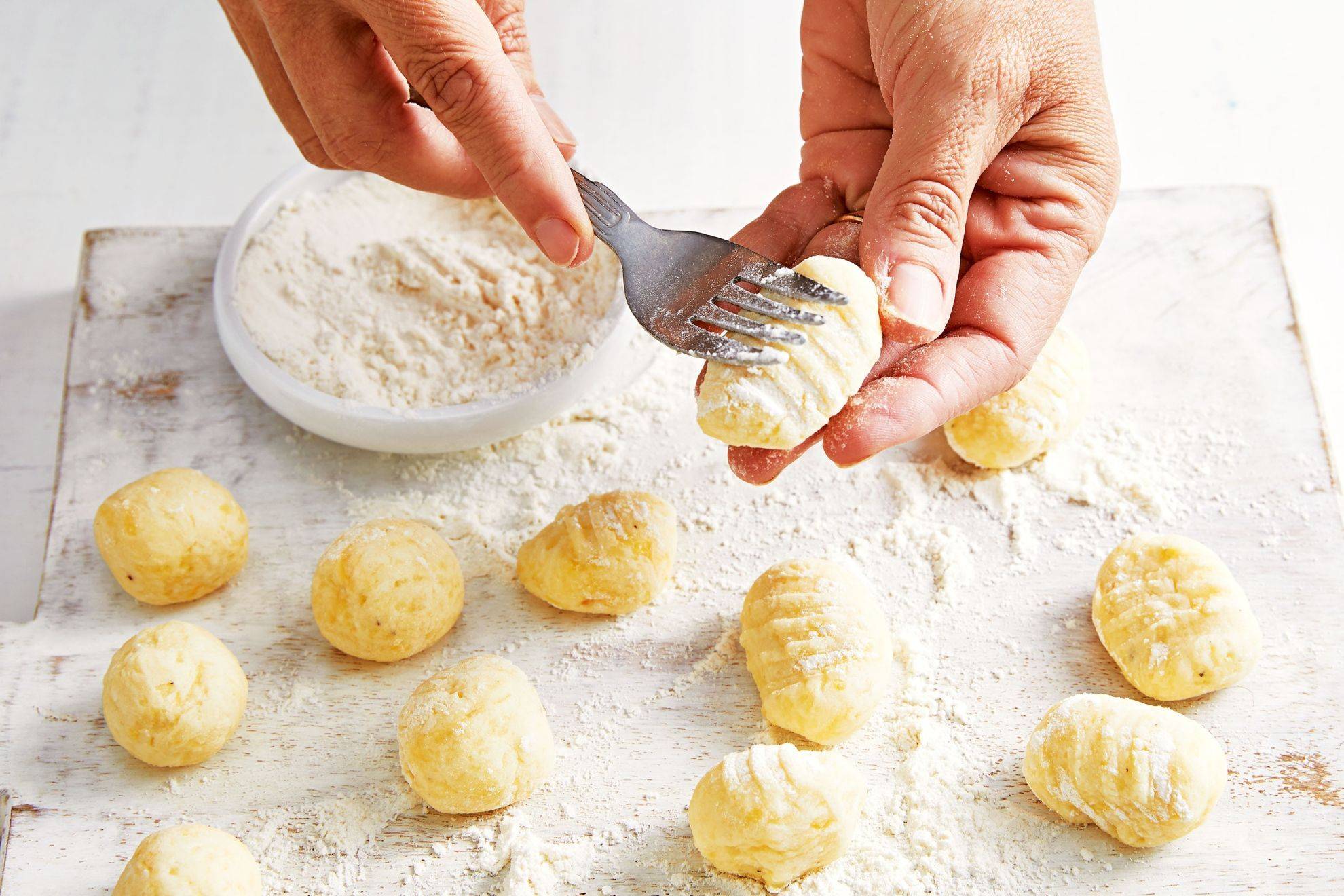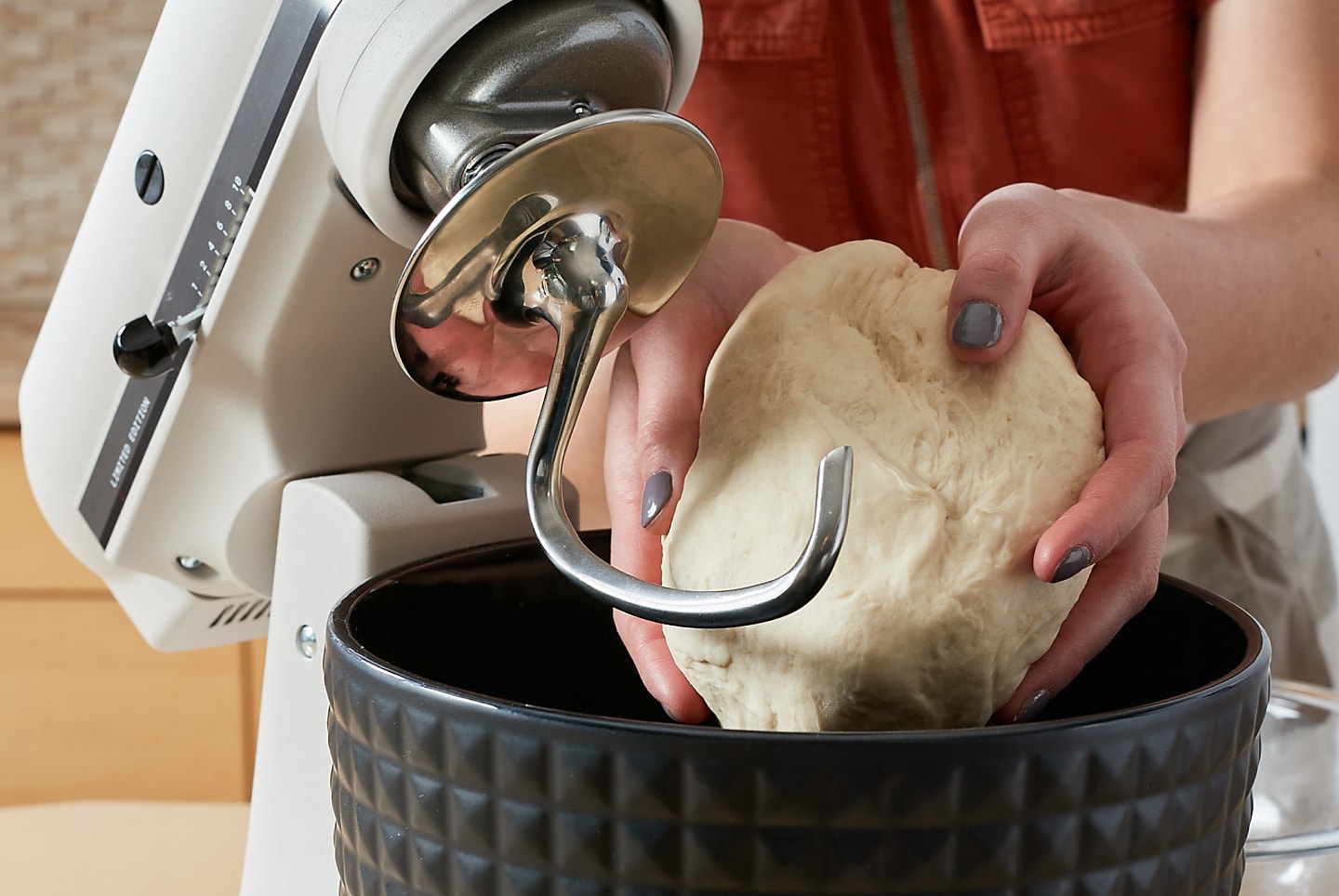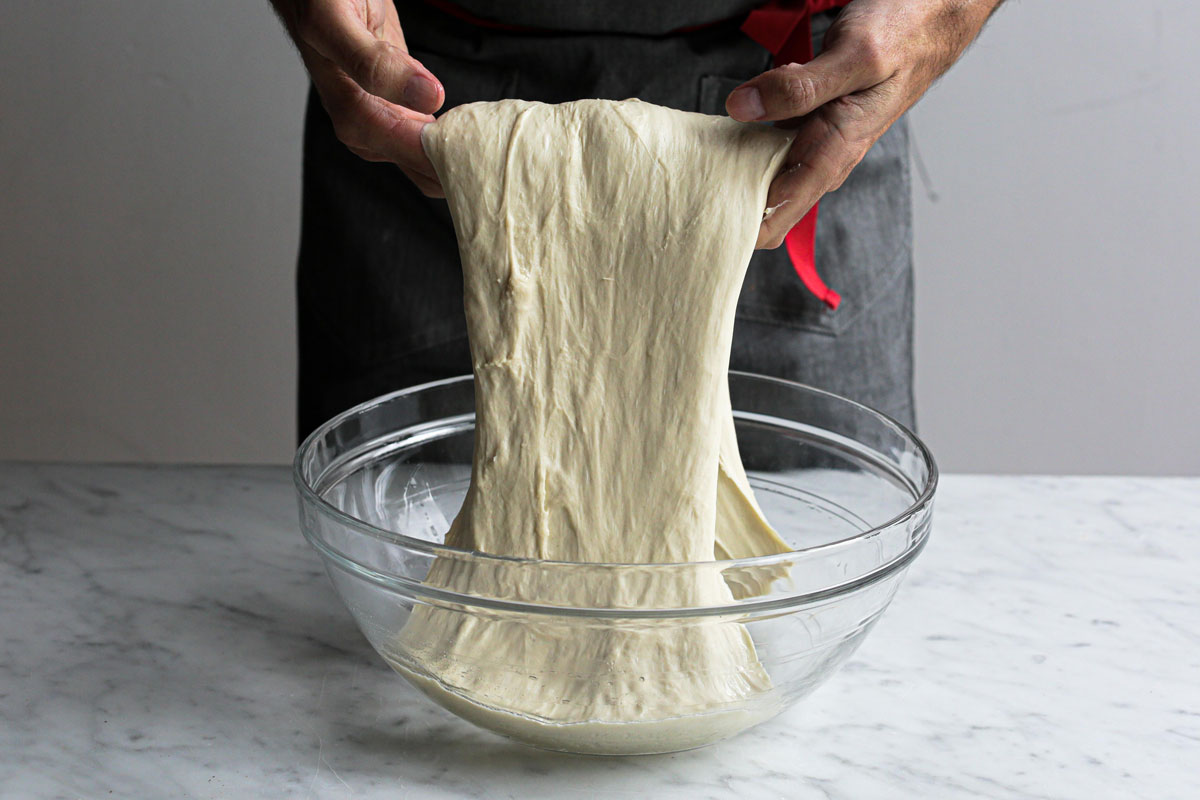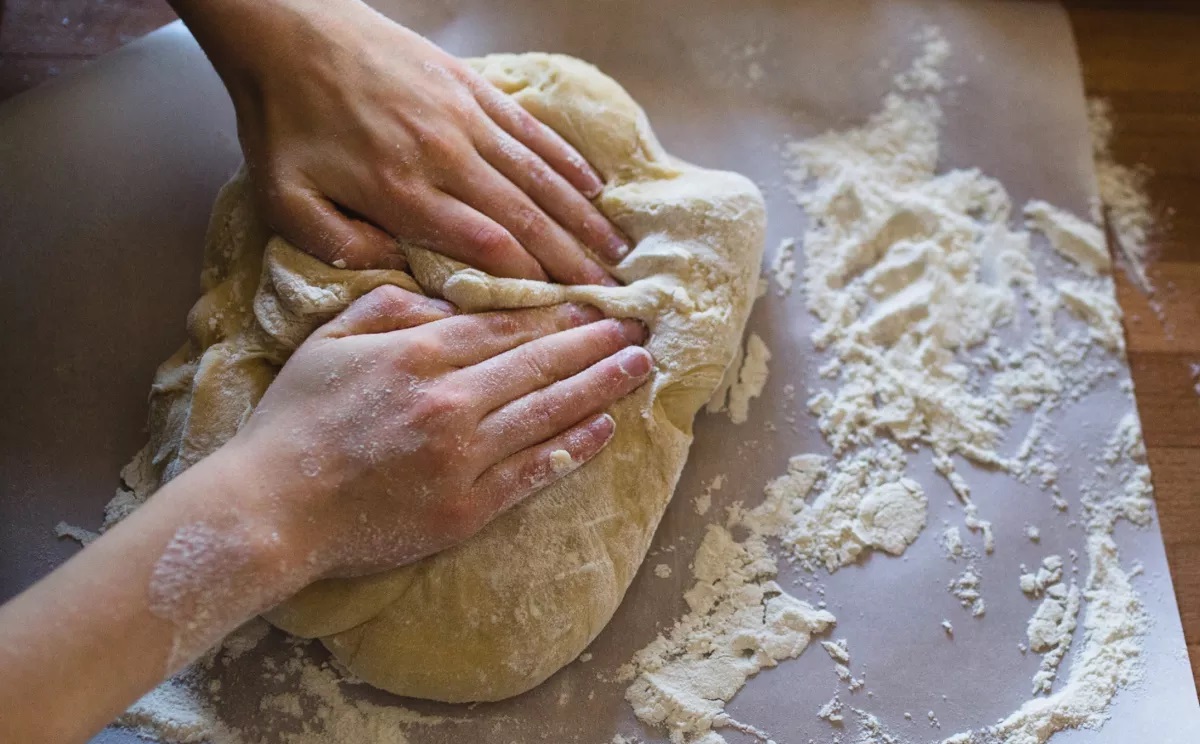Mastering the Art of Kneading Dough by Hand
There’s something incredibly satisfying about the process of kneading dough by hand. It allows you to connect with your food on a deeper level and truly understand the transformation that takes place as the dough comes together. While a stand mixer can certainly make the job easier, kneading dough by hand is a skill that every home cook should master. If you’re new to the world of bread making or simply want to hone your kneading skills, here’s a step-by-step guide to help you knead dough without a stand mixer.
Choosing the Right Recipe
Before you begin, it’s important to select a recipe that is suitable for hand kneading. Look for recipes that call for a moderate amount of flour and water, as doughs that are too wet or too dry can be challenging to knead by hand. A simple white bread or whole wheat bread recipe is a great place to start.
Gathering Your Tools and Ingredients
For hand kneading, you’ll need a clean, flat surface to work on, such as a countertop or large cutting board. Make sure the surface is clean and lightly floured to prevent the dough from sticking. In addition to your ingredients, you’ll also need a bench scraper or a spatula to help you manipulate the dough.
Step-by-Step Kneading Process
Now, let’s dive into the actual process of kneading dough by hand. Follow these steps for a successful kneading experience:
- Start by lightly flouring your work surface to prevent the dough from sticking.
- Place the dough on the floured surface and use your hands to gently shape it into a rough rectangle or oval.
- Use the heel of your hand to push the dough away from you, then fold it back over itself.
- Rotate the dough a quarter turn and repeat the pushing and folding process. Continue this motion for about 10-15 minutes or until the dough becomes smooth and elastic.
- If the dough starts to stick to the work surface, use a bench scraper or spatula to gently loosen it and add a sprinkle of flour as needed.
- Once the dough is properly kneaded, shape it into a smooth ball and place it in a lightly greased bowl to rise.
Mastering the Technique
Kneading dough by hand is as much about technique as it is about following a recipe. Here are a few tips to help you master the art of hand kneading:
- Use the heel of your hand to push the dough away from you, using your body weight to help stretch the dough.
- Rotate the dough regularly to ensure even kneading and to prevent it from sticking to the work surface.
- Be patient and persistent. Kneading takes time and practice, so don’t be discouraged if it feels challenging at first.
- Pay attention to the texture of the dough. It should gradually become smoother and more elastic as you knead.
The Benefits of Hand Kneading
While a stand mixer can certainly save time and effort, there are several benefits to kneading dough by hand. Hand kneading allows you to develop a better feel for the dough and to adjust the texture as needed. It also provides a more tactile and sensory experience, allowing you to truly connect with the bread making process.
Practice Makes Perfect
Like any culinary skill, mastering the art of kneading dough by hand takes practice. Don’t be afraid to experiment with different recipes and techniques to find what works best for you. With time and patience, you’ll develop the confidence and expertise to knead dough without a stand mixer like a pro.
So, the next time you’re craving the aroma of freshly baked bread or the satisfaction of homemade pizza, roll up your sleeves and embrace the timeless tradition of hand kneading. Your efforts will be rewarded with delicious, homemade creations that are infused with the love and care you put into every knead.
